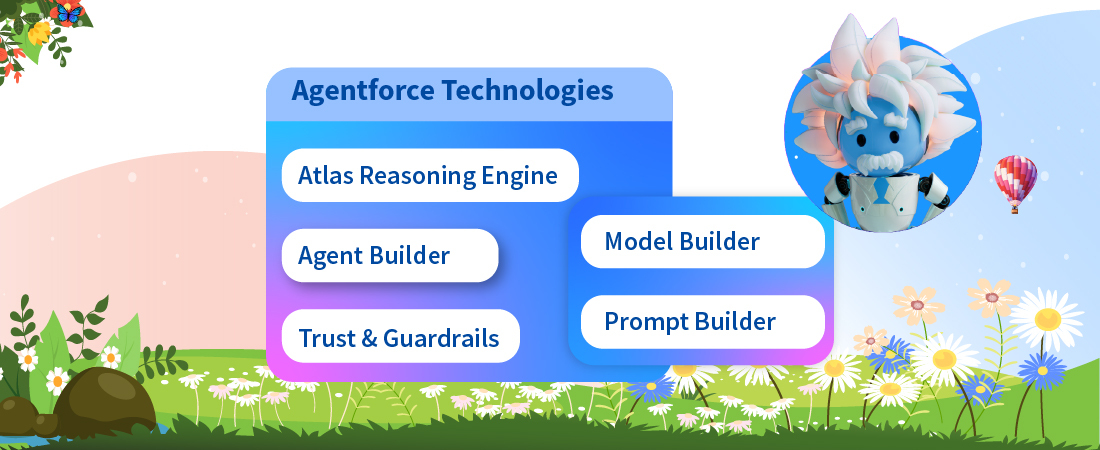Corporations the world over are realizing the importance of data. Till a couple of years back the customer analytics was predominantly leveraged by retailers, financial institutions and corporations associated with them. Be it the much-criticized campaign that Target ran undertaking promotional offers based on customer buying patterns or Catalina Marketing running loyalty programs for Big Box retailers. With the advance in tools and technology and increased integration with social platforms, Big Data has become a tool employed by many businesses over time. Today, customer relationship management solutions like Salesforce form a core application of Big Data analytics.
It has become important to analyze how platforms like Salesforce are leveraging Big Data analytics to not just analyze the volume of data but also to discover patterns that could make perceiving complex data, easier.
The Shift in the use of Big Data Analytics
For a long time, the focus of Big Data research has been limited to the improvement of processing speeds, greater bandwidth, and storage. Companies such as Google, Trifecta, Cloudera are breaking new ground in technology by creating an infrastructure that has an impact on the more strategic decisions that can be made in marketing, sales and customer service which can, in turn, have a much greater impact on customer experience.
How is Big Data being used by Salesforce?
Salesforce’s platform called Salesforce Wave is a data visualization platform that allows its users to represent complex data into graphs, charts and other pictorial forms. The advantage of using this platform is the easy assimilation of the tiniest form of data covering key components of the business, along with its simple representation, making it accessible to anyone, irrespective of their level of training in data analysis.
The tools mentioned above, are creating what is called ‘connectors’, specifically targeted toward the function of marketing and sales. Let us look at how corporations could possibly benefit from this:
Enhancing Customer Relationship Management using external sources:
The connectors, using Salesforce Wave data, will make it far simpler for a person to pull out data from Wave, run it through, for example, Google’s BigQuery system, for queries pertaining to specific information needed and then export it to other applications. This method helps marketing personnel to analyze contrasting data to design more targeted online and offline marketing/sales campaigns.
This analysis of data makes it easier for a corporation to recognize different patterns in the data being collected and create strategies based on those patterns. For instance, under the category of ‘Product Usage’, purchasing behavior can be identified which might highlight purchase tags on particular products. This could allow a marketer to fine-tune his strategy or invest in a new one, for that particular product.
Structuring your Data for better preparation:
The combining of diverse data using Salesforce Wave Analytics allows corporations to be in a better position to anticipate change which in turn, empowers them to better embrace that change. This platform can be used as a preview platform for what their data should be like and the feature of the auto-generated suggestions helps in decision-making. This could mean changing the requirements within a corporation to a global currency or setting up your dashboards that could have a universal appeal. The combining of contrasting data is what allows a corporation to have a more holistic view of their business, both on the customer and the business front.
Analytics Apps Made Easier
There has been a consistent effort over the last few years by Salesforce, to expand out of its shell of customer relationship management and it has invested heavily in its marketing automation and analytics tools. One example of this can be witnessed through the process of building analytics apps on Salesforce. Developers have always found Salesforce to be an extremely convenient platform for building apps and it has only become easier. Users can get an app ready to go almost instantly and with data becoming more visible, one can add new features as the app is being used. This essentially allows real-time data to have a greater say in defining the type of app you are creating.
Analytics has, for a long time, become an important aspect of data collection and with platforms such as these, it has allowed for the re-distribution power, to include everyone, where every single business can have access to clean, incorruptible analytics that creates a level playing field. Now, every business with access to intelligible information, will find it easier to create more comprehensive marketing strategies, adopt a more focused approach to customer relationship management and establish greater relevance in their field of operations.






